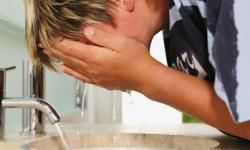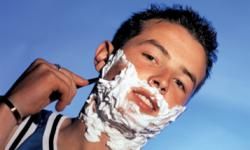Adolescence isn't easy. You're changing from a tween to a young adult -- sometimes almost overnight.
You may be changing and developing so fast that you feel almost as if you're growing out of your own skin. To make matters worse, your skin is changing in such weird and disgusting ways that you wish you could grow out of it -- or at least trade it in for a newer model. Where did all those bumps come from? And is that your own sweat you're smelling? Eeewww.
Advertisement
If misery truly loves company, take heart. You're not alone. The grownups in your life have been through the same changes. Your friends and schoolmates are struggling through similar developments. Maybe your best friend doesn't seem to be plagued with zits the way you are. Maybe the head cheerleader doesn't seem to break a sweat. But you can bet everybody is facing problems like yours, in one way or another. Skin changes are just one of those facts of adolescent life.
The truth is more than skin deep. Keep reading to learn five more changes you'll have to deal with.




